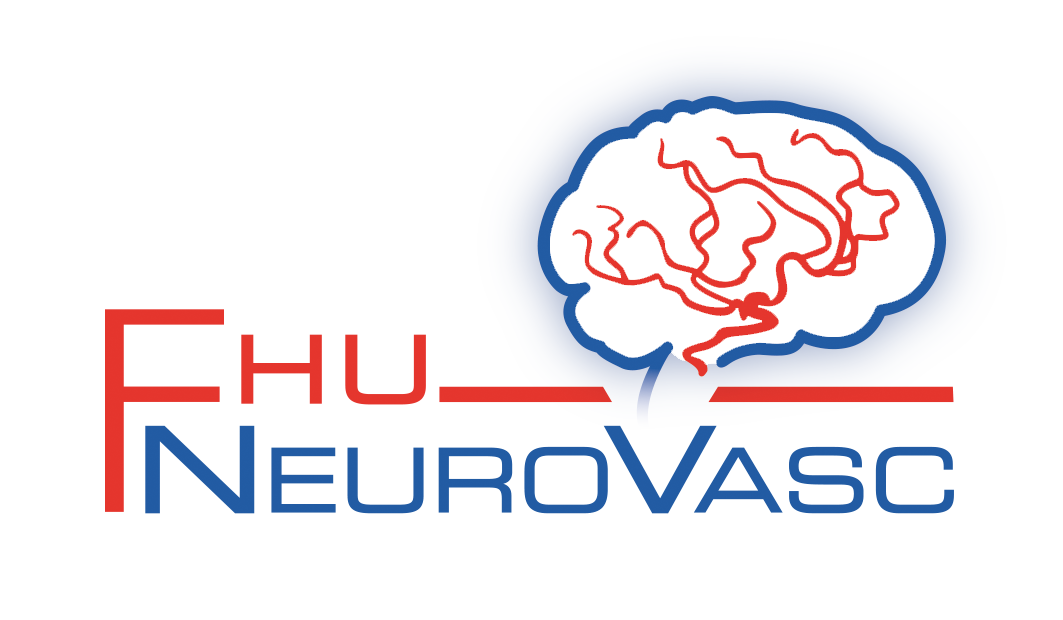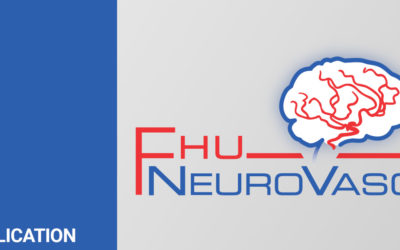Bibliography
The FHU NeuroVasc actively contributes to the scientific knowledge in neurovascular diseases.
Phenotypic variability in 446 CADASIL patients: Impact of NOTCH3 gene mutation location in addition to the effects of age, sex and vascular risk factors
The recent discovery that the prevalence of cysteine mutations in the NOTCH3 gene responsible for CADASIL was more than 100 times higher in the general population than that estimated in patients highlighted that the mutation location in EGFr-like-domains of the NOTCH3 receptor could have a major effect on the phenotype of the disease. The exact impact of such mutations locations on the multiple facets of the disease has not been fully evaluated.
Framework for Clinical Trials in Cerebral Small Vessel Disease (FINESSE): A Review
Importance: Cerebral small vessel disease (SVD) causes a quarter of strokes and is the most common pathology underlying vascular cognitive impairment and dementia. An important step to developing new treatments is better trial methodology. Disease mechanisms in SVD differ from other stroke etiologies; therefore, treatments need to be evaluated in cohorts in which SVD has been well characterized. Furthermore, SVD itself can be caused by a number of different pathologies, the most common of which are arteriosclerosis and cerebral amyloid angiopathy. To date, there have been few sufficiently powered high-quality randomized clinical trials in SVD, and inconsistent trial methodology has made interpretation of some findings difficult.
Quantitative analysis of early-stage EEG reactivity predicts awakening and recovery of consciousness in patients with severe brain injury
Background: Decisions of withdrawal of life-sustaining therapy for patients with severe brain injury are often based on prognostic evaluations such as analysis of electroencephalography (EEG) reactivity (EEG-R). However, EEG-R usually relies on visual assessment, which requires neurophysiological expertise and is prone to inter-rater variability. We hypothesised that quantitative analysis of EEG-R obtained 3 days after patient admission can identify new markers of subsequent awakening and consciousness recovery.
Association of Atrial Septal Aneurysm and Shunt Size With Stroke Recurrence and Benefit From Patent Foramen Ovale Closure
Importance: The Patent Foramen Ovale (PFO)-Associated Stroke Causal Likelihood classification system combines information regarding noncardiac patient features (vascular risk factors, infarct topography) and PFO features (shunt size and presence of atrial septal aneurysm [ASA]) to classify patients into 3 validated categories of responsiveness to treatment with PFO closure. However, the distinctive associations of shunt size and ASA, alone and in combination, have not been completely delineated.
Objective: To evaluate the association of PFO closure with stroke recurrence according to shunt size and/or the presence of an ASA.
Prediction of Early Neurological Deterioration in Individuals With Minor Stroke and Large Vessel Occlusion Intended for Intravenous Thrombolysis Alone
Prediction of Early Neurological Deterioration in Individuals With Minor Stroke and Large Vessel Occlusion Intended for Intravenous Thrombolysis Alone JAMA Neurol, . 2021 Jan 11;e204557. doi: 10.1001/jamaneurol.2020.4557. Online ahead of print. PMID: 33427887 PMCID:...
Bridging Therapy or IV Thrombolysis in Minor Stroke with Large Vessel Occlusion
Bridging Therapy or IV Thrombolysis in Minor Stroke with Large Vessel Occlusion

